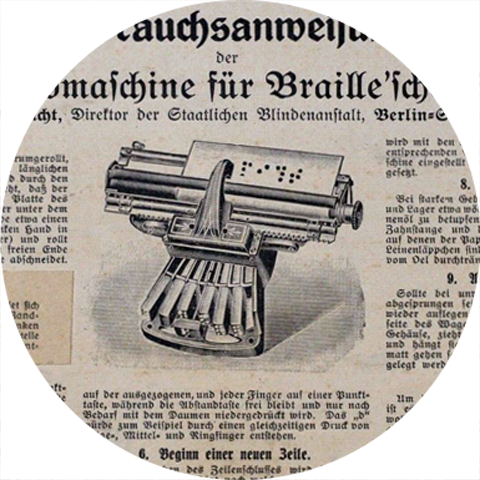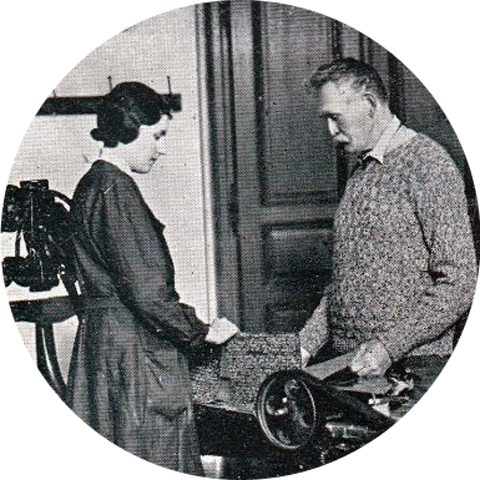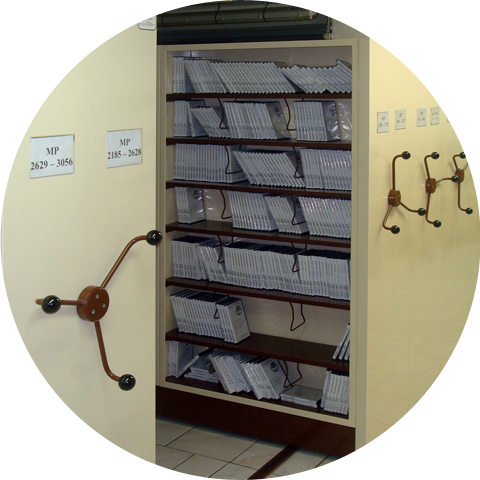The beginning of the establishment of librarieas and printing offices for the blind in the territory of the Czech Republic is connected with existence of the Institutes for the Blind. At the end of the 1870´s, braille was introduced into this territory through the German speaking Countries.
Later on the number of volumes in the libraries of the four institutes outgrew the walls of their home institutions, so a certain part of their book collectoins became a welcomed part of the library of the association, "Český slepecký tisk" (Czech Printing for the Blind).
The association was founded in June 1918 and can be considered as the direct predecessor of today´s Library and Printing House for the Blind.


